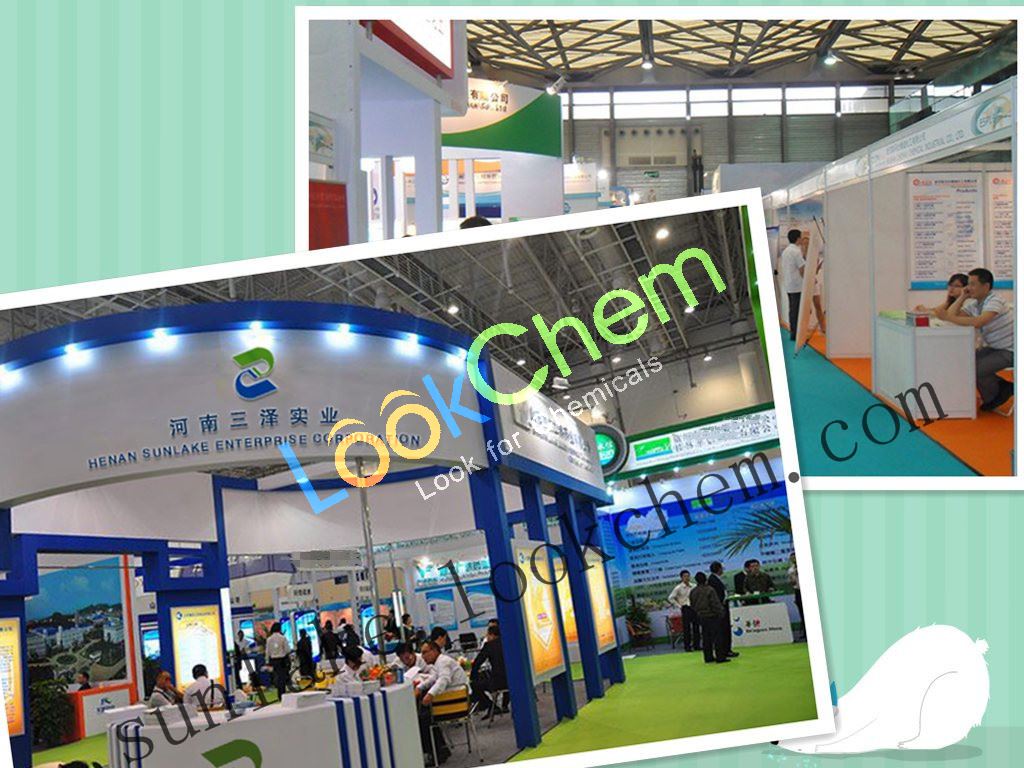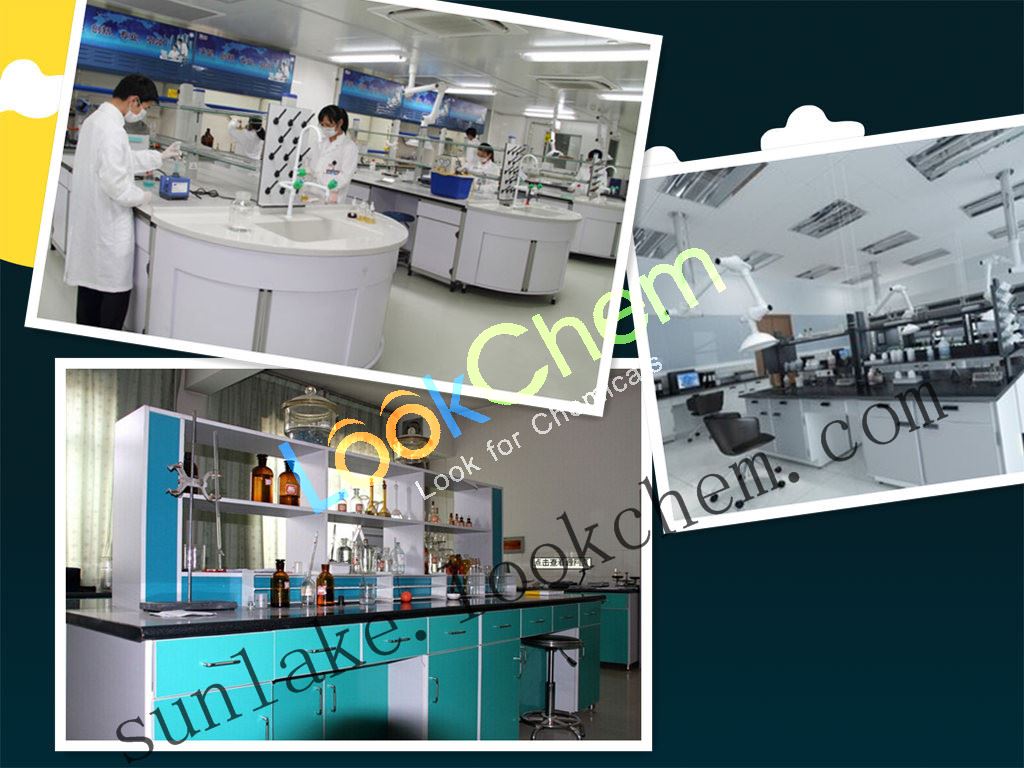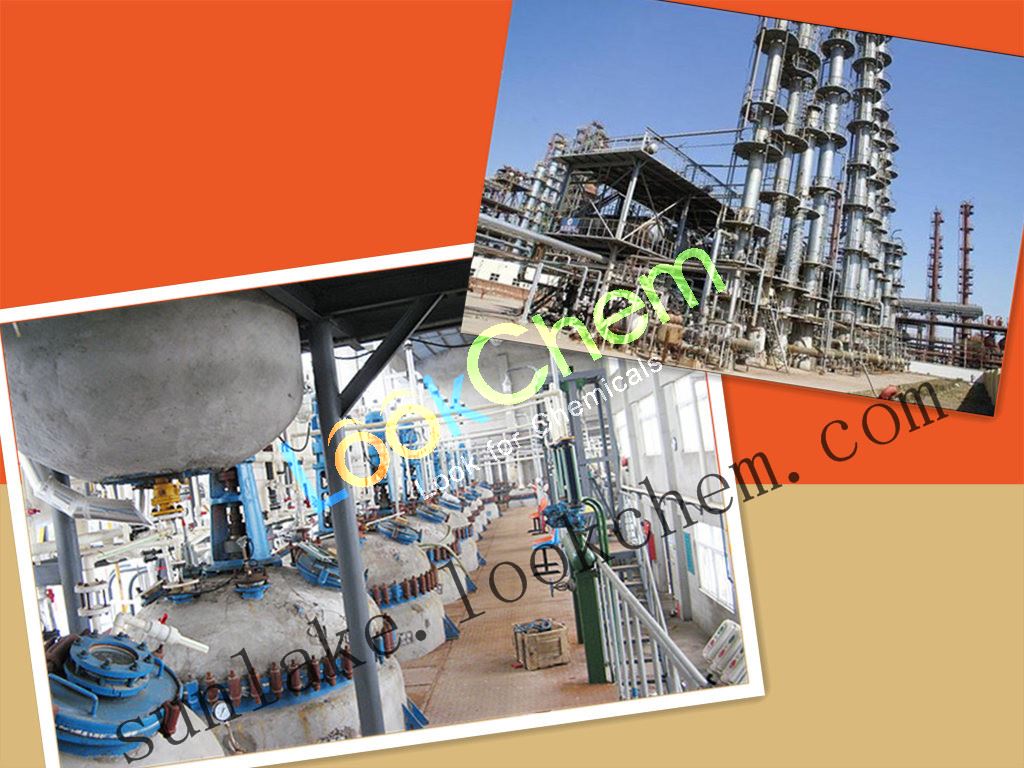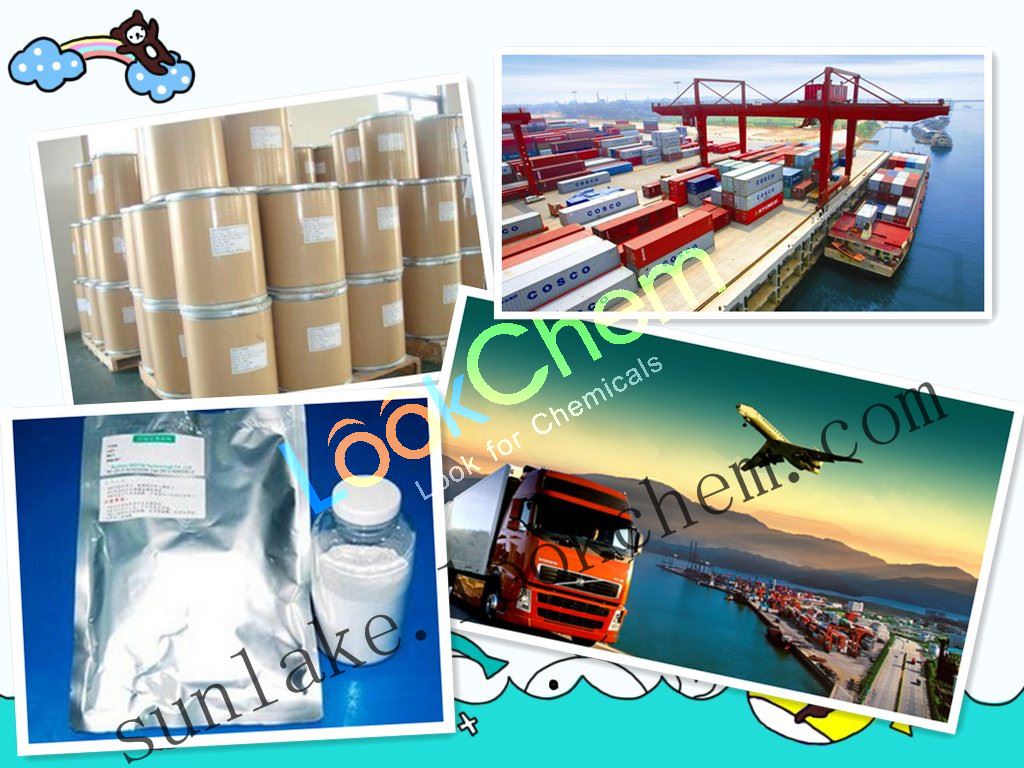- Min.Order :100 Gram
- Purity: 99%
- Payment Terms : L/C,D/A,D/P,T/T,,MoneyGram,Other
Keywords
Aceticacid,ethenylester ethyleneether Acetic acid
Quick Details
- Appearance:colourless liquid
- Application:108-05-4
- PackAge:1g;5g;10g;25g;50g;100g;500g;1KG;5KG,25kg,50kg or as customers request
- ProductionCapacity:100|Kilogram|Month
- Storage:2-8, cold storage, to avoid light storage.
- Transportation:BY SEA /BY AIR /BY COURIER
Superiority:
Exhibition in shanghai

Our Laboratoy

Our factory

Package & Shipment

Details:
| Vinyl acetate Basic information |
| Product Name: | Vinyl acetate |
| Synonyms: | 1-Acetoxyethylene;Acetate de vinyle;acetatedevinyle;acetatedevinyle(french);Acetic acid, ethylene ether;Aceticacid,ethenylester;aceticacid,ethyleneester;aceticacid,ethyleneether |
| CAS: | 108-05-4 |
| MF: | C4H6O2 |
| MW: | 86.09 |
| EINECS: | 203-545-4 |
| Product Categories: | Vinyl Esters;Building Blocks;C2 to C5;Carbonyl Compounds;Chemical Synthesis;Esters;Materials Science;Monomers;Organic Building Blocks;Polymer Science;VAM |
| Mol File: | 108-05-4.mol |
|
|
|
| Vinyl acetate Chemical Properties |
| mp | -93 °C |
| bp | 72-73 °C(lit.) |
| density | 0.934 g/mL at 25 °C(lit.) |
| vapor density | 3 (vs air) |
| vapor pressure | 88 mm Hg ( 20 °C) |
| refractive index |
n |
| Fp | 20 °F |
| storage temp. | 0-6°C |
| Water Solubility | 23 g/L (20 ºC) |
| Sensitive | Light Sensitive |
| Merck | 14,9992 |
| BRN | 1209327 |
| Stability: | Stable. Highly flammable. Incompatible with acids, bases, oxidizing agents, peroxides, chlorosulfonic acid, ethylene imine, hydrochloric acid, oleum, nitric acid, sulfuric acid, 2-aminoethanol, light. Susceptible to polymerization; commercial product may be stabilized by the addition of hydroquinone. |
| CAS DataBase Reference | 108-05-4(CAS DataBase Reference) |
| NIST Chemistry Reference | Acetic acid ethenyl ester(108-05-4) |
| EPA Substance Registry System | Acetic acid ethenyl ester(108-05-4) |
| Safety Information |
| Hazard Codes | F,T,Xn |
| Risk Statements | 11-39/23/24/25-23/24/25-36-20/21/22-40-37-20 |
| Safety Statements | 16-23-29-33-45-36/37-7-9 |
| RIDADR | UN 1301 3/PG 2 |
| WGK Germany | 2 |
| RTECS | AK0875000 |
| HazardClass | 3 |
| PackingGroup | II |
| HS Code | 29153200 |
| HS Code | 29333999 |
| Hazardous Substances Data | 108-05-4(Hazardous Substances Data) |
| MSDS Information |
| Provider | Language |
|---|---|
| Vinyl acetate | English |
| SigmaAldrich | English |
| ACROS | English |
| ALFA | English |
| Vinyl acetate Usage And Synthesis |
| Chemical Properties | colourless mobile liquid with a sweet, irritating odour |
| General Description | A clear colorless liquid. Flash point 18°F. Density 7.8 lb / gal. Slightly soluble in water. Vapors are heavier than air. Vapors irritate the eyes and respiratory system. May polymerize if heated or contaminated. If polymerization occurs inside a container, the container may violently rupture. Used to make adhesives, paints, and plastics. |
| Air & Water Reactions | Highly flammable. Slightly soluble in water. |
| Reactivity Profile | Vinyl acetate may undergo spontaneous exothermic polymerization on exposure to light. Reacts with air or water to produces peroxides that initiate explosively violent polymerization. Reacts with hydrogen peroxide to form explosive peracetic acid. Reacts with oxygen to form explosive peroxides. Forms explosive Vinyl acetate ozonide on contact with ozone. Undergoes violent or explosive reactions with 2-aminoethanol, chlorosulfonic acid, ethylenediamine, mineral acids (hydrochloric acid, hydrofluoric acid, nitric acid, sulfuric acid, oleum), and peroxides [Lewis, 3rd ed., 1993, p. 1311]. Polymerization initiated by dibenzoyl peroxide in ethyl acetate accelerated out of control, ignited and exploded [Vervalin, 1973, p. 81]. Polymerization in toluene solution has caused several large industrial explosions [MCA Case History No. 2087]. |
| Health Hazard | Vinyl acetate has been related to reproductive abnormalities. It is a skin and upper respiratory tract irritantand a central nervous system depressant. Exposure caused gradual deterioration of heart muscles. |
| Fire Hazard | When heated to decomposition, Vinyl acetate burns and emits acrid fumes. Highly dangerous when exposed to heat, flames or oxidizers; explosion hazard with strong acids and strong oxidizers. Incompatible with alumina, oxidizing materials, 2-aminoethanol, chlorosulfonic acid; ethyleneimine; 36% hydrochloric acid; 48.7% hydrofluoric acid; 70% nitric acid; oleum; 96% sulfuric acid; ethylene diamine; peroxides and silica gel. Avoid light or any polymerizing initiator. Hazardous polymerization can be initiated by organic and inorganic peroxides; azo compounds; redox systems (including organometallic components); light; and high energy radiation. |
| Vinyl acetate Preparation Products And Raw materials |
Service we provide:
1. Mixed container, we can mix different items in one container.
2. Quality control, before shipment, free sample for test. after shipment, keep sample for 3 years
3. Prompt shipment with professional documents
4. Packing as your request, with photo before shipment
You Might Also Like
-
free samples 3396-11-0 NO.1 factory
CAS NO:3396-11-0
-
free samples 7559-04-8 NO.1 factory
CAS NO:7559-04-8
-
free samples 1113-68-4 NO.1 factory
CAS NO:1113-68-4
-
free samples 106-37-6 NO.1 factory C6H4Br2
CAS NO:106-37-6
-
free samples 371-40-4 NO.1 factory
CAS NO:371-40-4
-
free samples 5927-18-4
CAS NO:5927-18-4
Related Searches
About|Contact|Cas|Product Name|Molecular|Country|Encyclopedia
Message|New Cas|MSDS|Service|Advertisement|CAS DataBase|Article Data|Manufacturers | Chemical Catalog
©2008 LookChem.com,License: ICP
NO.:Zhejiang16009103
complaints:service@lookchem.com Desktop View